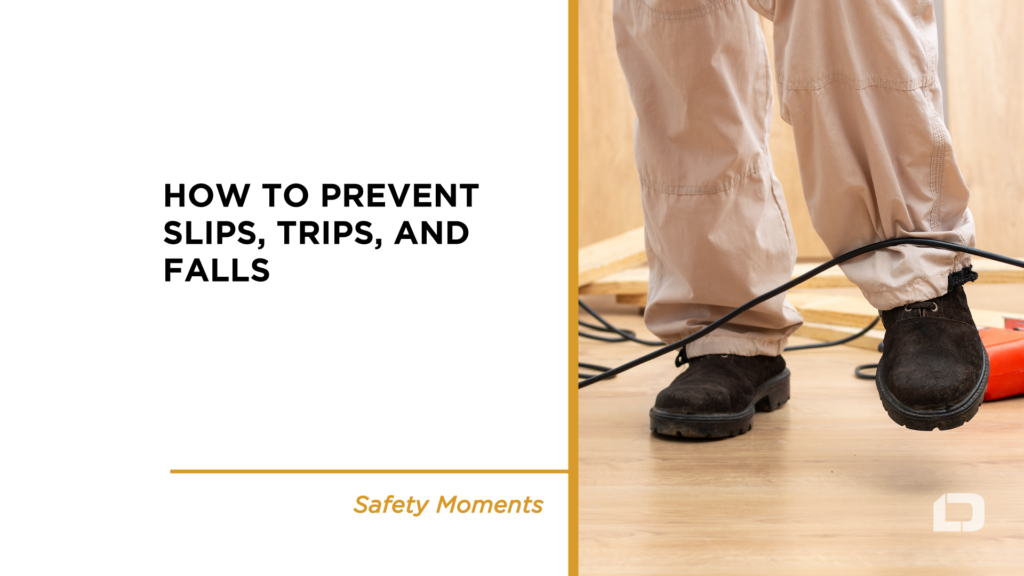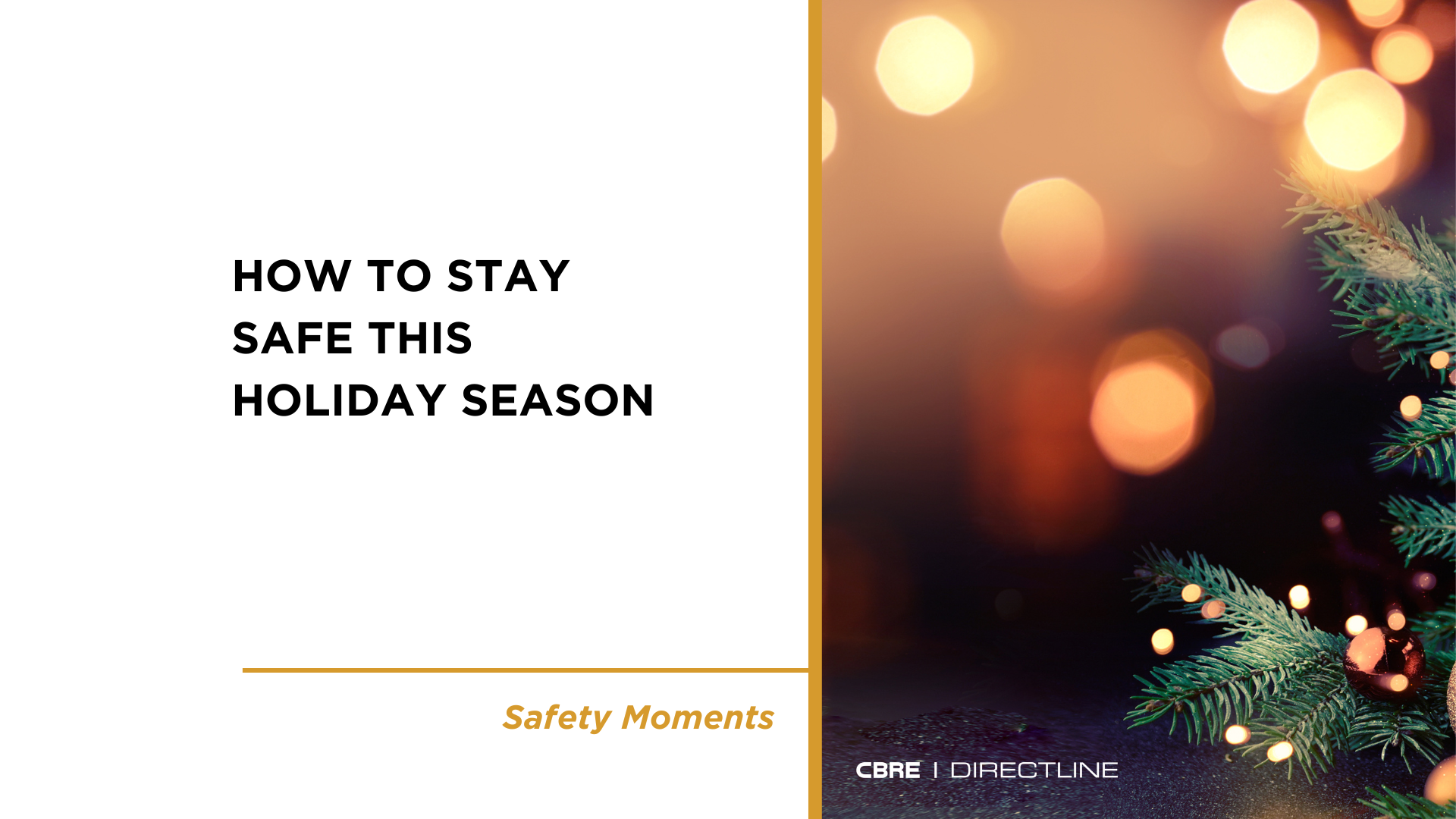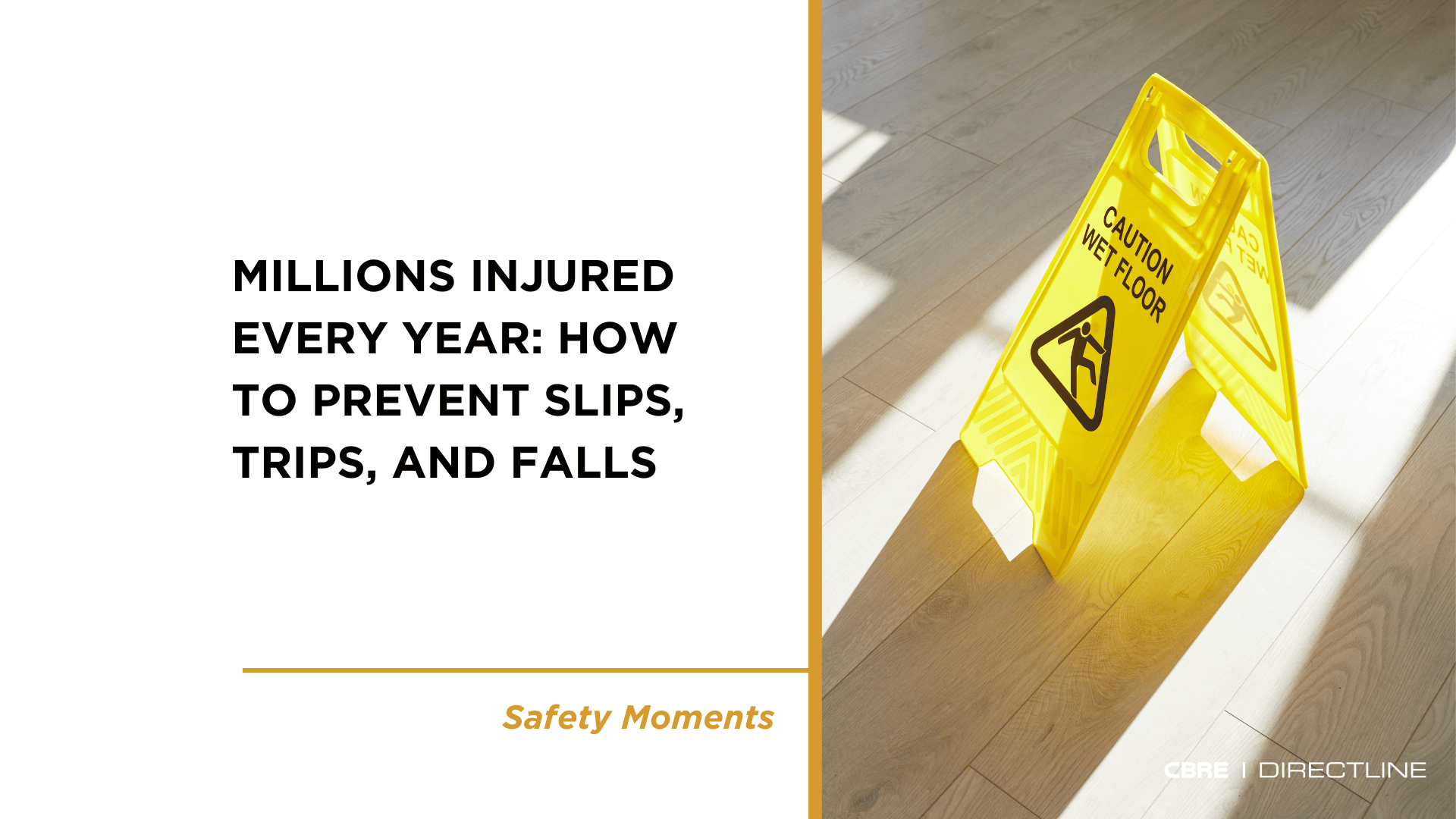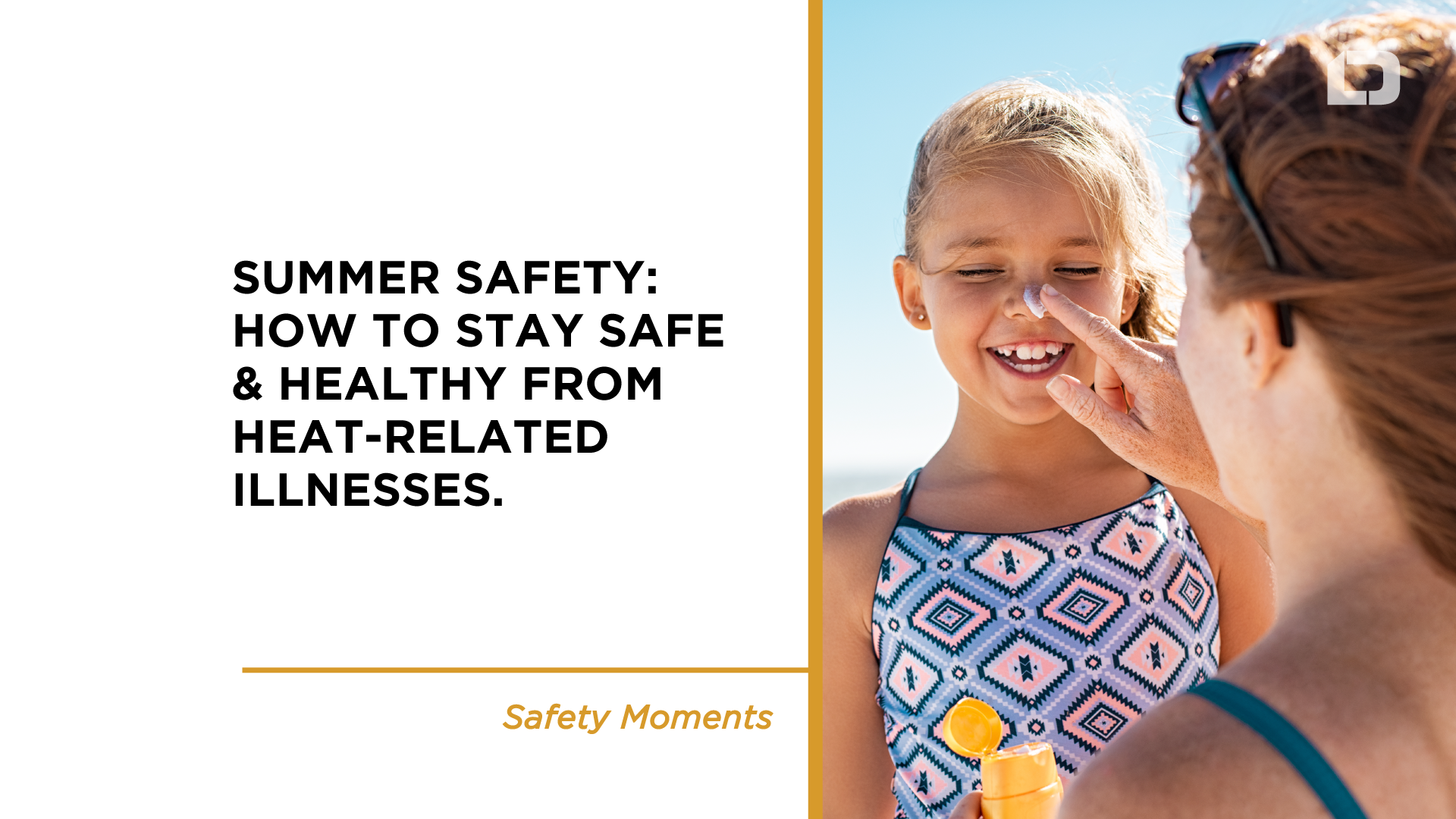Slips, Trips & Falls are among the most common injuries and even fatalities, both at work, at home, and while away from home on vacation or while enjoying recreational activities. There are many tips to keep these incidents from occurring.
Please review this information and share it with family and friends.
Tips to Stay Safe
- If you see something you might slip or trip on, correct it, or tell your supervisor right away.
- Clean up spills and anything slippery. Don’t use cleaners that could make the floor slippery.
- Clear walkways, stairs, and lobbies of anything that might be a tripping hazard, such as cords, wires, empty boxes, and clutter.
- Make sure that floor mats lay flat rather than wrinkled or bunched.
- Use handrails when you walk up and down steps.
- Before using any ladder or stepladder, make sure it opens fully.
- Check that ladder extensions are fully locked and that the ladder legs are stable on a flat, non-slippery surface.
- Clean off any slippery material on the rungs, steps, or feet of a ladder before you use it.
- Don’t go over the load limit noted on the ladder.
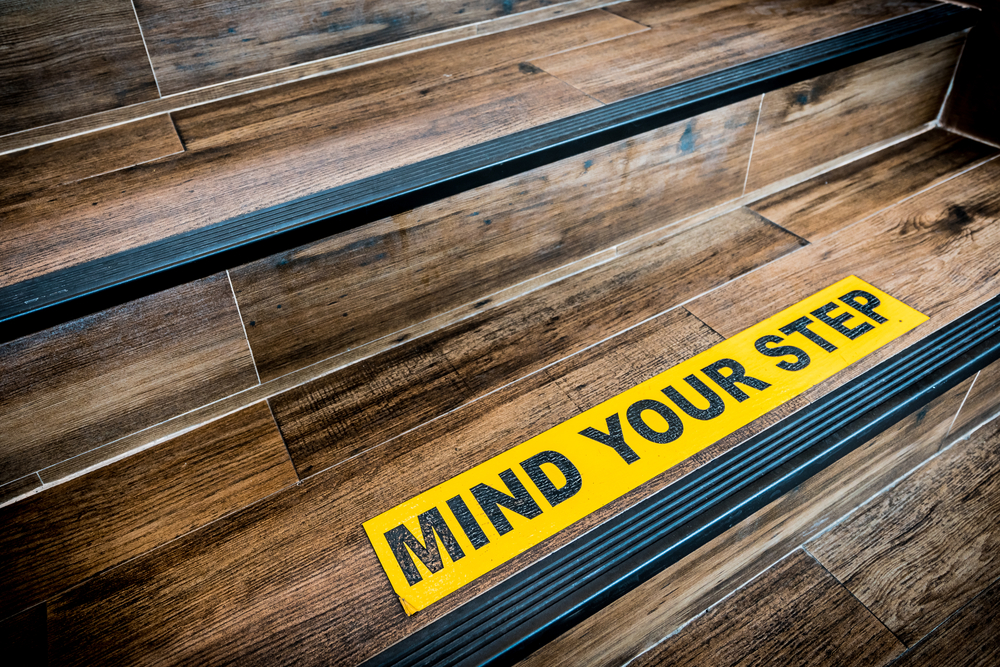
Falls are 100% Preventable
Whether working from a ladder, roof or scaffolding, it’s important to plan ahead, assess the risk and use the right equipment. First, determine if working from a height is absolutely necessary or if there is another way to do the task safely.
- Discuss the task with coworkers and determine what safety equipment is needed
- Make sure you are properly trained on how to use the equipment, and use spotters if needed
- Scan the work area for potential hazards before starting the job
- Make sure you have level ground to set up the equipment
- If working outside, check the weather forecast; never work in inclement weather
- Use the correct tool for the job, and use it as intended
- Wear fall protection if working 6’ or higher
- Ensure stepladders have a locking device to hold the front and back open
- Always keep two hands and one foot, or two feet and one hand on the ladder
- Place the ladder on a solid surface and never lean it against an unstable surface
- A straight or extension ladder should be 1 foot away from the surface it rests on for every 4 feet of height and extend at least 3 feet over the top edge
- Securely fasten straight and extension ladders to an upper support
- Wear slip-resistant shoes and don’t stand higher than the third rung from the top
- Don’t lean or reach while on a ladder, and have someone support the bottom
- Never use old or damaged equipment; check thoroughly for cracks or bent rungs
Fall Hazards at Home
Are you a weekend warrior or do-it-yourselfer? If you take on home improvement or other weekend projects, it’s important to prepare yourself for physical exertion, especially if you’ve been sedentary through the winter months, and take extra precautions to prevent falls.
Risky projects, like installing siding, gutters or roofs, are best left to professionals. Saving money isn’t worth risking a debilitating or fatal fall.
At home or at work, many of the same rules apply. When taking on a project:
- Practice all of the ladder safety tips mentioned above
- Keep the work area clear of hazards and immediately clean up spills
- Read all instructions and safety precautions on your equipment
- Don’t wear loose clothing that can get caught in equipment
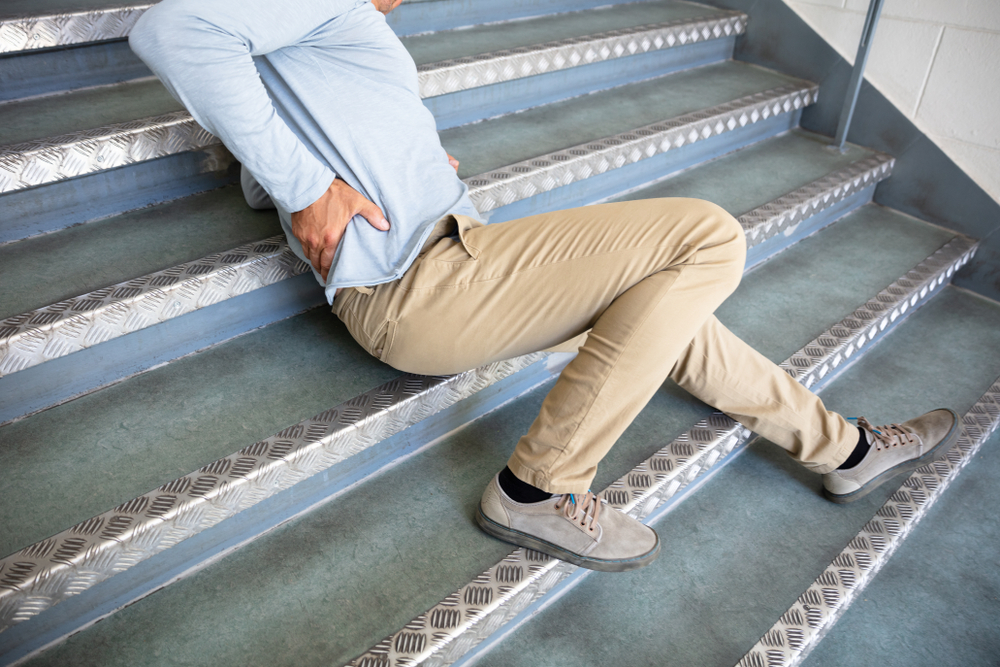
We tend to think we’re always safe on flat ground, but the thousands of injuries each year tell us otherwise.
- Falls are the #1 cause of death for older adults; fall-proof your home
- Keep floors and surfaces clear of clutter
- Keep file cabinets and desk drawers closed
- Keep electrical and phone cords out of traffic areas
- Install handrails on stairways
- Wear sensible footwear
- Never stand on chairs, tables or any surface with wheels
- Properly arrange furniture to create open pathways
- Maintain good lighting indoors and out
Slips, Trips & Falls Key Statistics:
The second leading cause of unintentional injury-related death is falls. In 2020, 42,114 people died in falls at home and at work, and depending on the industry, falls can be the leading cause of death.
In 2020, 805 workers died in falls, and 211,640 were injured badly enough to require days off of work. A worker doesn’t have to fall from a high level to suffer fatal injuries; 136 workers were killed in falls on the same level in 2020. Construction workers are most at risk for fatal falls from height – more than seven times the rate of other industries – but falls can happen anywhere, even at a “desk job.”
More than 6.8 million people were treated in emergency rooms for fall-related injuries in 2019.
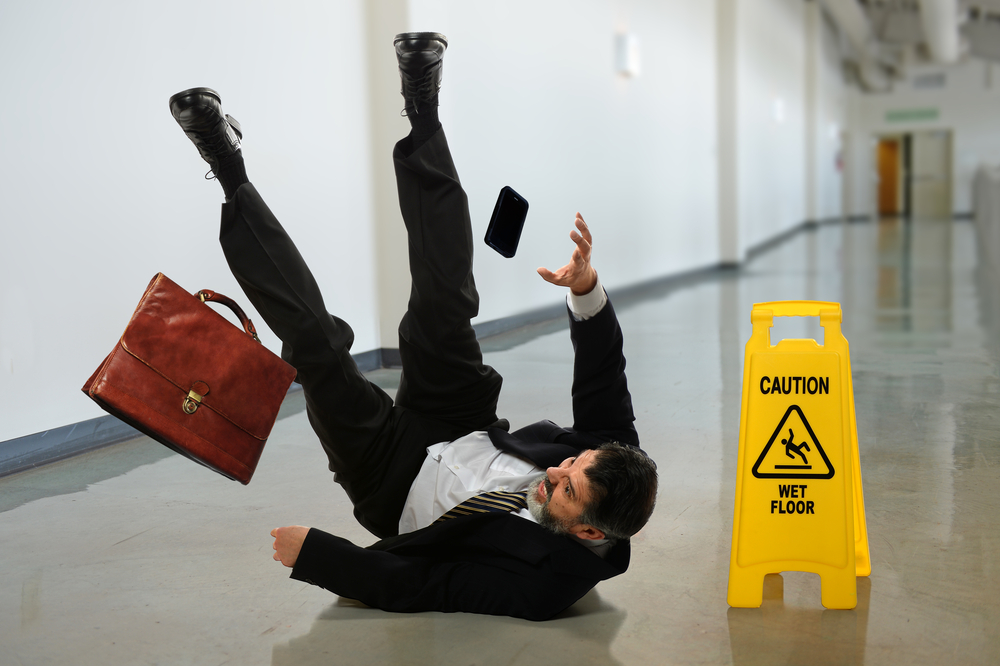

For more information, visit these links:
National Safety Council (NSC) Slips, Trips & Falls:
https://www.nsc.org/workplace/safety-topics/slips-trips-and-falls/slips-trips-and-falls-home
American Society of Safety Professionals:
solving-slips-trips-falls_011817-2-safestart_slips_trips_and_falls_guide_-asse.pdf (assp.org)
NSC Safety & Health Magazine:
https://www.safetyandhealthmagazine.com/articles/14029-preventing-slips-trips-and-falls
Centers for Disease Control & Prevention Slips, Trips and Falls:
https://www.cdc.gov/niosh/topics/retail/slips.html
Canadian Centre for Occupational Health & Safety:
Prevention of Slips, Trips and Falls: OSH Answers (ccohs.ca)
BOTTOM LINE: YOUR SAFETY & HEALTH MATTER, BOTH ON AND OFF THE JOB.
YOU ARE AN IMPORTANT PART OF DIRECT LINE.

